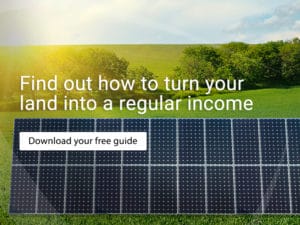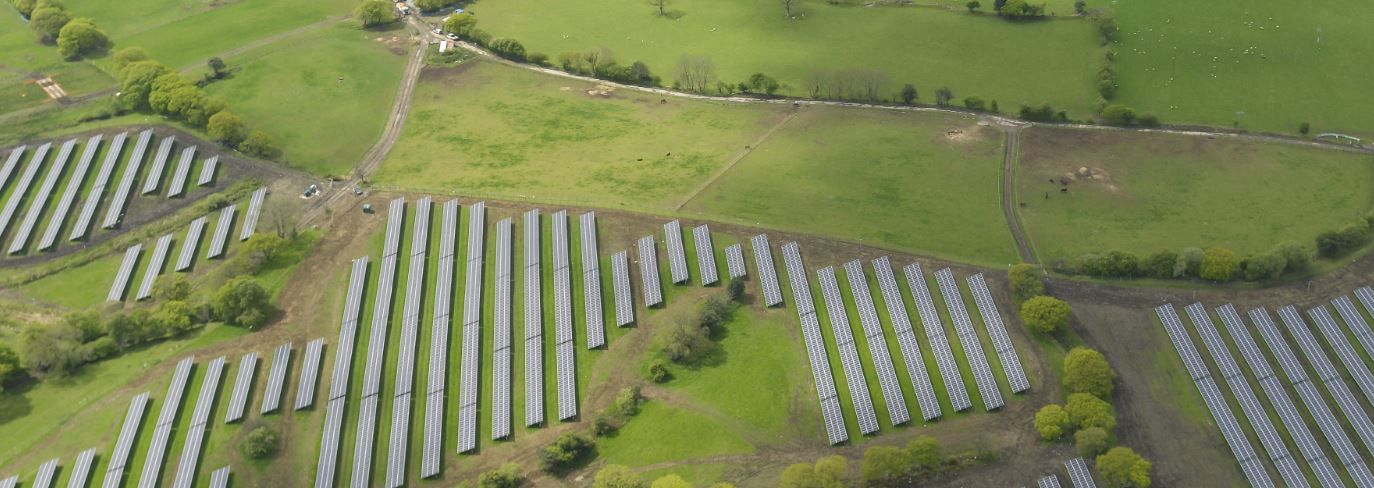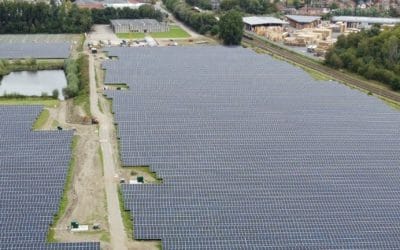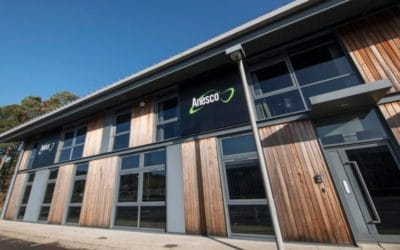How much does it cost to build a solar farm?
Renewable energy is expected to account for more than half of global electricity by 2035, with solar power playing a leading role.
From ground-mount solar developments, to rooftop solar schemes and the emerging area of floating solar PV, solar is the third biggest renewable power source in the world, with more than 570GW installed capacity by the end of 2019.
In the UK, solar farms are now a familiar sight. There continues to be a constant flow of new planning applications, with new sites totalling 2.6GW being added to the pipeline in the first six months of 2020 alone.
So, what considerations need to be made when developing a solar farm, what might a project of this nature cost and how might one be funded?
What is a solar farm?
Solar farms – also referred to as utility-scale or grid-scale solar pv plants – comprise of rows of solar panels that are placed on special frames and fixed within the ground. In the UK, they will typically cover an area ranging in size from 1acre to 100+ acres. However, in countries including China, India and the US, they’ve been known to reach sizes of more than 13,000 acres.
The ideal location to build a solar farm is on land that is flat, or on a south-facing slope. Due to their scale, the clean electricity generated by a solar farm will usually be fed back into the local electricity grid, so suitable sites will also need to have a grid connection. Being in close proximity to overhead cables and a substation is usually a good indicator that a connection application may be successful.
For every 5MW of capacity installed, a solar farm will typically produce enough energy to power more than 1,350 homes, while saving 1,200 tonnes of carbon annually – based on an average annual consumption of 3,600 kWh of electricity per home. Around 20 acres of land is usually required for every 5MW of capacity installed.
 Why are solar farms so popular?
Why are solar farms so popular?
Solar installations are silent to run, unobtrusive and require little maintenance. Along with advances that have been made in the technology itself and the flexibility of its application, a key factor behind the strong growth of the solar market is cost – prices having plummeted by around 82% since 2010.
In the case of farms and agricultural holdings, solar farms provide a number of additional advantages. The land used for a solar farm can continue to be used for the grazing of small livestock and can easily be converted back to its original form in the future.
The capabilities of specialist operations and maintenance services have also increased. Such services can be used to monitor the performance of solar assets, and as well as acting reactively to rectify any dips in output, will carry out proactive and predictive maintenance that can help enhance performance and return on investment.
The use of energy storage technology, such as battery storage units, which can be co-located alongside solar farm developments is also helping increase their efficiency. Battery storage units can store green power, releasing it when it is most needed. This ensures that as much renewable energy as possible is being captured and used. They can also open the door to new revenue streams by helping National Grid to balance supply and demand.
Funding a solar farm
Every project is different and the overall cost of an individual solar farm will be influenced by a number of factors, including:
- Size/capacity of the site
- Location
- The solar technology and other components used
- Whether there’s an existing grid connection
- EPC contractor used
- Type of Operations & Maintenance contract put in place
- Ongoing security measures implemented
With other variables also impacting on the cost, including events such as COVID-19, it is very difficult to provide a general guide to the potential development costs with any real accuracy. If you are considering using land for a solar farm, it is best to speak to an experienced developer who can assess your requirements and the best potential use of the land available.
The three main funding routes are:
- Self-funded
Landowners with sufficient capital available may choose to self-fund a project and would receive the full benefit of the technologies installed and any revenue generated.
Many energy companies operate Power Purchase Agreements (PPAs) for generators who meet certain installed capacity thresholds. These are perfect for generators and also ‘prosumers’ who are both a generator and consumer, as they allow the sale of any electricity that isn’t used.
- Part-funded
Another funding option is a partially funded model, whereby an agreement is drawn up with a developer for how the costs, revenues and other benefits will be split. This is not such a common approach with landowners, but it is a possibility for certain landowners interested in having a stake in the development.
- Land lease
The most popular option for landowners is to lease land to a developer in return for a guaranteed long-term rental income. At Anesco, for example, we offer competitive rental payments, which are also RPI linked. This reduces risk while guaranteeing the landowner an income stream for the term of the agreement. In some instances, a further payment linked to site revenue may also be available.
Rental income is usually inflation-linked, with many developers looking to secure agreements of up to 40 years, or potentially longer. Developers may also want rights to install battery storage alongside the solar array, either from the outset, or a later date, so this should be factored into discussions about rental payments.
To find out more about solar farm development, construction, maintenance or revenue optimisation, or if you’re a landowner interested in a lease agreement, please contact [email protected] or call 0118 970 2555





